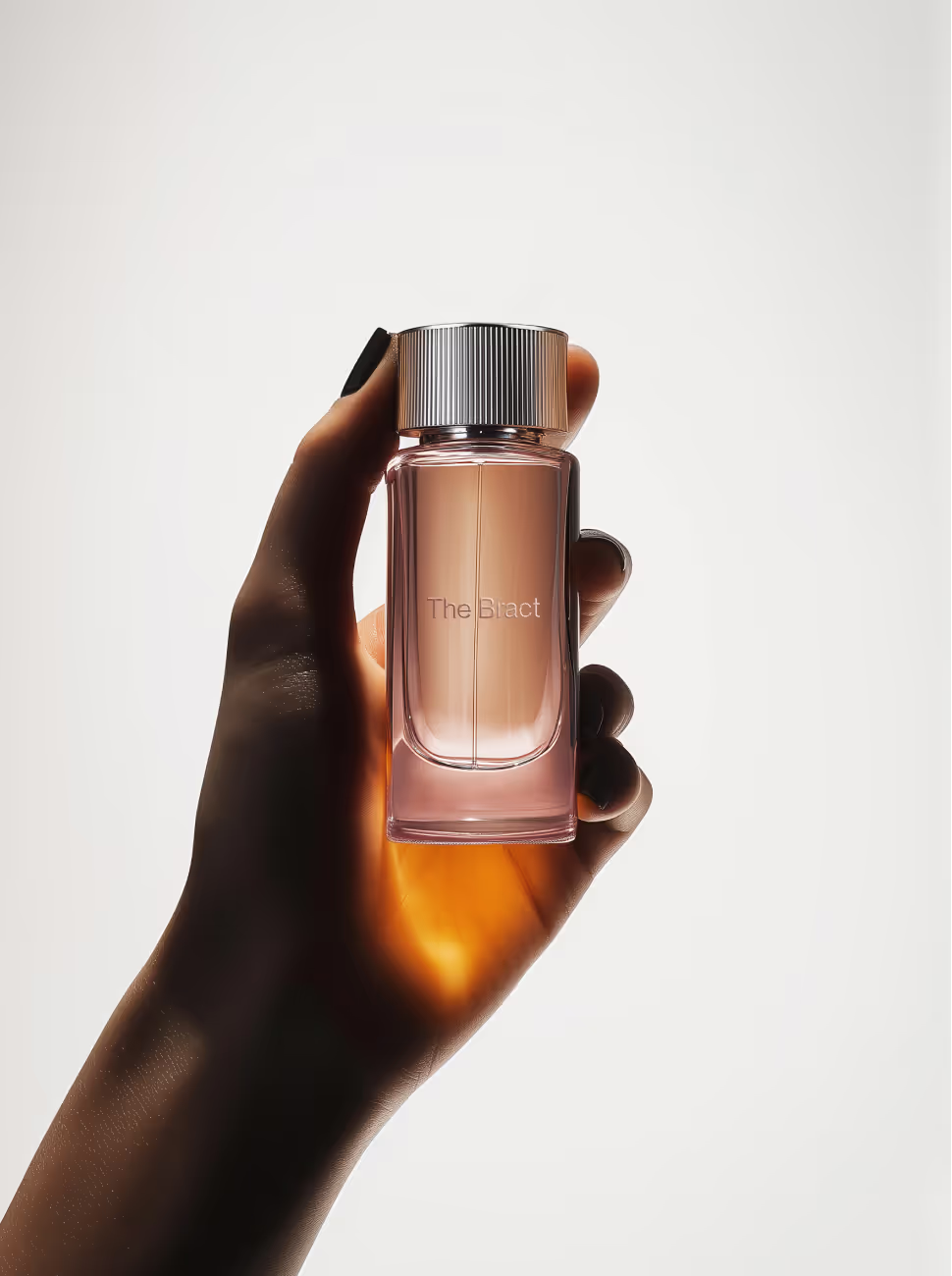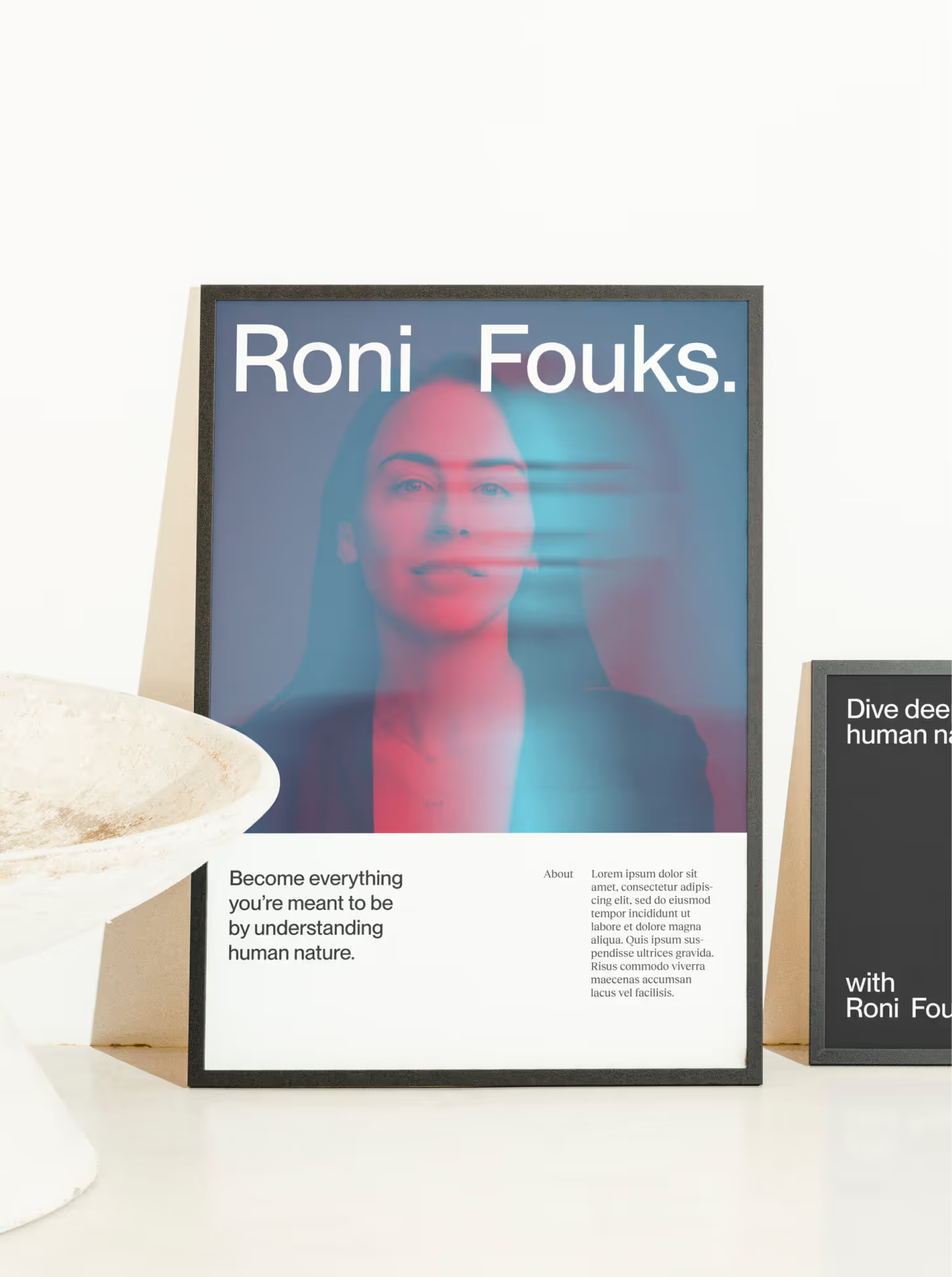
Is it too expensive or not valuable enough?
When you look at a price tag, does the price actually deter you from purchasing it, or are you unable to see the value in the brand that’s selling it?


When you can find everything cheaper, why would you pay the full price?
Consumers are becoming more and more aware of the situation. We all know Zara comes from China, your iPhone, too. We know Nike comes from Taiwan, so why do we keep buying everything for 1000 times the price of what it actually costs?
It seems that only the luxury industry can keep selling their items at such a high markup and still make a 4000% margin. But why?
People are paying for the brand. Brands like Christian Dior, Yves Saint Laurent and Gucci all have value embedded in their name. Because of this, people are willing to pay extremely large amounts of money to wear something they created, despite whether or not it was made in a sweat factory.
Why do people have the money but don’t want to pay anymore?
Consumers are getting smarter and smarter.
Now that the information about unfair labor laws, sweatshops and the true cost of the clothing you wear is more accessible to the public, people are less inclined to pay a higher price for something so cheap.
Consumers are beginning to understand that everything they see in Zara, Missguided, Prettylittlething, etc. are not actually designed by the companies themselves. They’re bought from a huge factory abroad and sold to look like the pieces are part of a brand new collection curated by the company. Lies!
The information about the origin of the product spreads through media - word of mouth has never been so reliable. More than this, sustainability is becoming more and more of a priority for younger generations. Which, essentially, puts all of these companies polluting the Earth out of a job. We can easily find an alternative for pretty much everything. Do it yourself, or use meta search engines to find the best deal.
Should we put a few alternatives/ alternative methods here?

Does the product really make the price worth it?
Luxurious, high-end companies have worked so well because they’re pretty honest about who they want buying their products. They exhibit a “we’re expensive, if you want to belong to the rich class, you have to pay for it” mentality, and people genuinely follow suit. Sure, the quality of their products can be great, for the most part, but what you’re paying for is the name. You can buy an exact copy for half the price, but it’s not the same, is it? You want the authentic brand name.
Whether you buy a Toyota, Mercedes or Lamborghini, they’re all going to get you from point A to point B. But do you want to be seen in a Toyota, or do you want to be seen in a Mercedes?
And then there’s the example of Apple. Why are they able to keep raising their prices without losing consumers? Despite the prices of their new products inflating exponentially from when they first launched, Apple tends to retain its customers for a long period of time, if not indefinitely. This has to do with several things.
1) The company makes it so that in order to be organized within your devices, they have to all be Apple products. Very exclusive, but it’s a great marketing tactic to help obtain and retain customers.
2) They listen to their customers. They use feedback from every launch of a new product and consider it when designing the next one.
3) If a customer has an issue, they bring it to a nearby store, and the technicians fix it. It’s all done by Apple. The company feels like a friend you can go to when you have a problem. You don’t have to outsource any help. They made the product, so if something goes wrong, they fix it. Simple. Because of this quality of service, they, too, have a certain value embedded within the brand.
If the price is not the index anymore, is it the value?
So, if people are becoming less interested in buying things just for their price tag, and instead look for something that has value to them, what does this mean for the future of consumption?
If you look in your wardrobe, your kitchen, your bathroom, etc., how many of the things that you’ve purchased actually had any value? The air fryer you bought because it was trendy? The cashmere towels that look nice but have never been used?
Now think about what you do use, negating the price. The super expensive hairbrush that has lasted you years and never let you down. The blender you use every single morning to make a smoothie. The blanket that was an accidental purchase but is now your puppy’s favorite.
Did you think of the brands that produced these items? Probably not. Just the item itself. These are all examples that prove price really has no significant effect on value. It’s relative to the person buying it. Price and value are mutually exclusive.
How to bring value.
This is the most optimal opportunity to make it personal.
When a customer holds an item that you’ve created, the ultimate goal is to make them feel something. Make them feel as though they will be missing something important if they decide not to purchase it.
This is where the importance of properly identifying your target comes in. In order to hit them right in the heart (not literally, but like tug on their heart strings, you know?) you have to truly understand who they are, what they want and only then will you be able to see what they define as valuable.
A few of the general ideas when creating something that we’ve picked up over the years are the following:
- Save them time.
- Save them money.
- Give them freedom.
If you design something with these three aspects in mind, you’ll be able to gain and retain a royal client despite whatever the product or service may be. And as we’ve mentioned a few times now, retaining a loyal client is easier than obtaining new ones. ;)





.avif)


